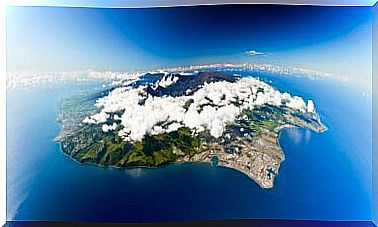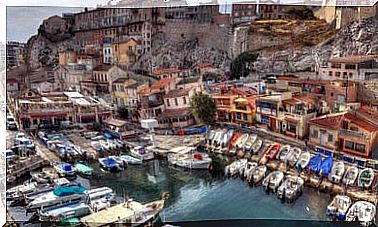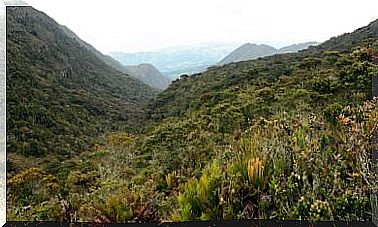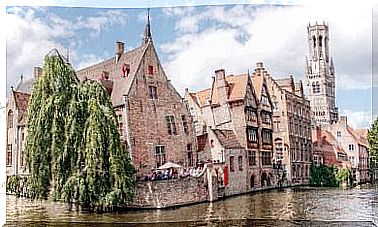7 Unique Places That We Can No Longer Visit
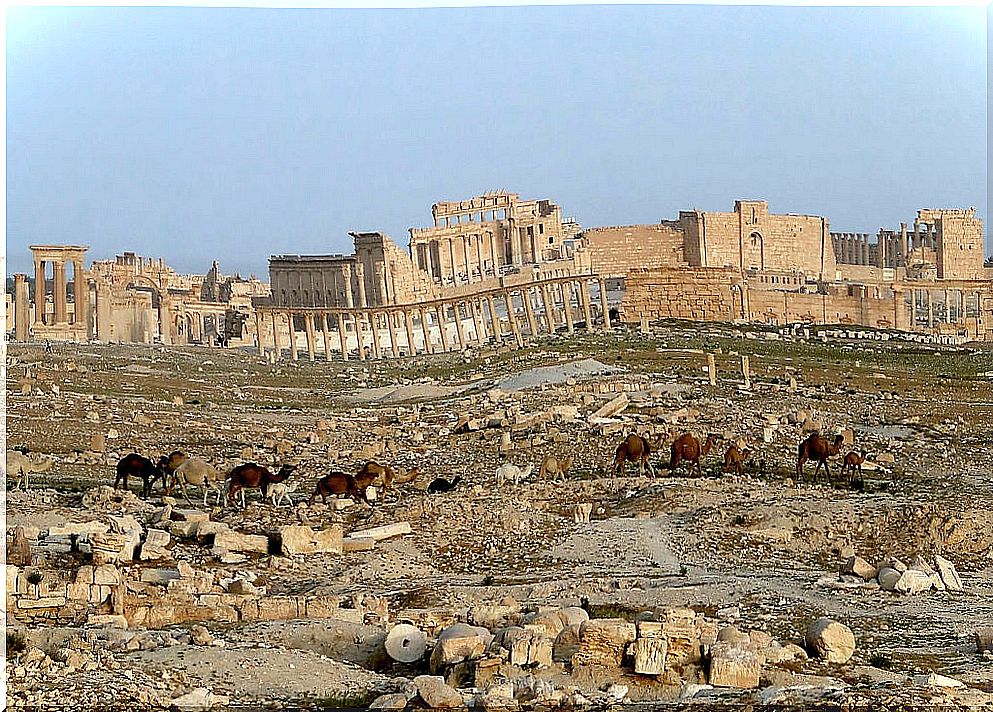
As they say, nothing lasts forever. And unfortunately, there have been monuments or cities that have not been an exception. Here are some wonderful places that we can no longer visit or that do not exist. Many of them have been destroyed by war, terrorism or disasters.
1. Places we cannot visit: the Azure Window, in Malta
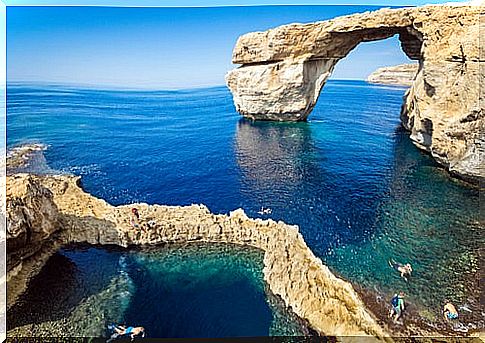
The Azure Window was a limestone rock formation that reached 28 meters in height. A natural monument with an arch that resembled a kind of bridge and was located on the island of Gozo, in Malta.
It was a very important tourist icon for the island and attracted many visitors each year. Unfortunately, it is a gem that we can no longer visit . In March 2017, during a severe storm, the pillar supporting the formation collapsed.
It should be added that, although it can no longer be visited, the place has been immortalized in numerous films and series that have been shot there. An example would be the Game of Thrones series , as Daenerys Targaryen and Khal Drogo’s wedding was filmed in the Blue Window. Others would be the film The Count of Montecristo (2002) or Along the Sea (2015).
2. The Altamira cave in Cantabria

The Altamira cave was declared a World Heritage Site by UNESCO in 1985. It is in the town of Santillana del Mar, in Cantabria. It is a cavity in which one of the most important pictorial and artistic cycles of Prehistory (specifically, the Paleolithic) is preserved. It has also been declared a National Monument.
The impact of visits to the cave was high, so it is not accessible to tourists, except in exceptional cases. Although we cannot visit the original cave, it is possible to access the Neocueva, the jewel of the Altamira National Museum and Research Center. It is an exact reproduction of the cave.
3. The Buddhas of Bamiyan, the Afghan treasure
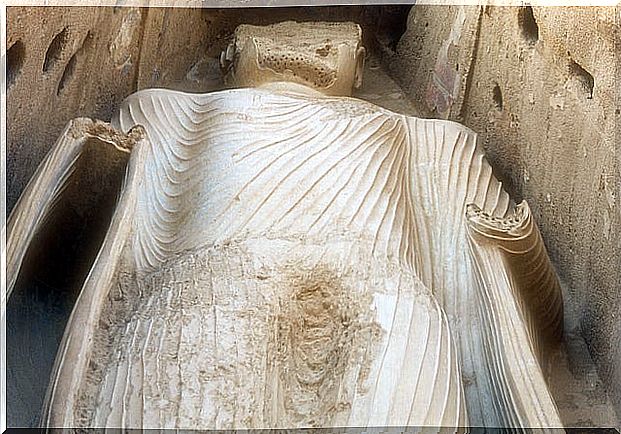
We are talking about two monumental statues that represented Buddha. They were in the Bamiyan Valley, 230 km away from Kabul, the capital of Afghanistan. They are believed to have been built in the 5th or 6th centuries and represented a mixture of Greco-Buddhist art.
After enduring 1500 years practically intact, the Taliban ordered its destruction in 2001. A terrible event that sparked international condemnations.
4. The city of Palmyra, Syria
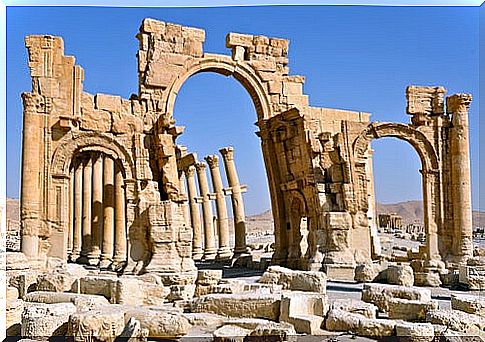
Palmyra is an ancient city located in Syria, in the province of Homs. It was declared a World Heritage Site by Unesco in 1980 for the excellent conservation of many of its temples and buildings.
However, in 2015, the Islamic State terrorist group destroyed the most important monuments and places with explosives. Something that Unesco called a war crime.
5. Timbuktu, in Mali
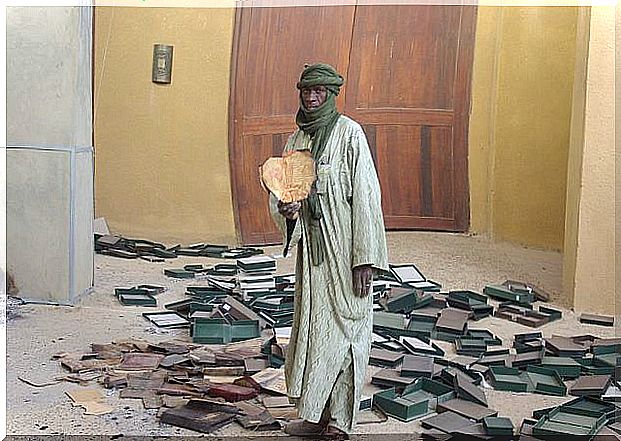
In 2012, the city was left in command of the National Movement for the Liberation of Azawad, as the Malian government army barely fought. This situation led to a tremendous lack of control, since it was not known who controlled the city.
There was numerous looting and the Islamic terrorist group Ansar ad-Din destroyed much of Timbuktu’s historical monuments because they considered them ungodly. Among them mosques, mausoleums and thousands of documents of great historical relevance.
6. Bhimsen Tower, in Kathmandu
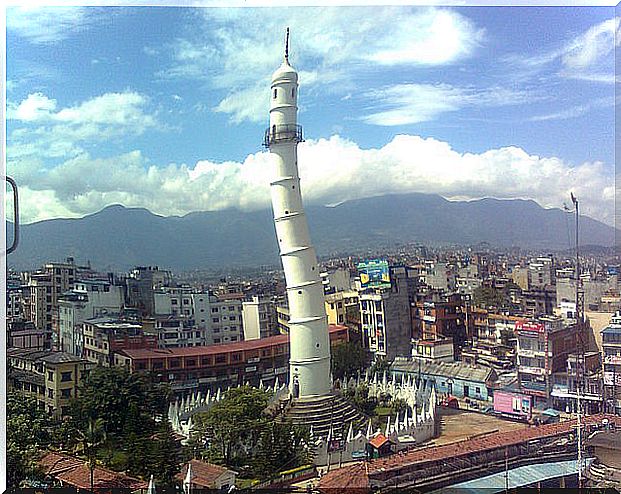
The Bhimsen or Dharahara tower was located in Kathmandu, the capital of Nepal. It was a tower that had nine floors and reached 62 meters in height. It was part of the architectural complex that made up the so-called “Kathmandu architecture”, recognized by UNESCO.
It could be visited from 2005 to 2015. In April 2015, the tower collapsed due to the magnitude 8.1 earthquake that struck Nepal.
7. Samarra Mosque, in Iraq
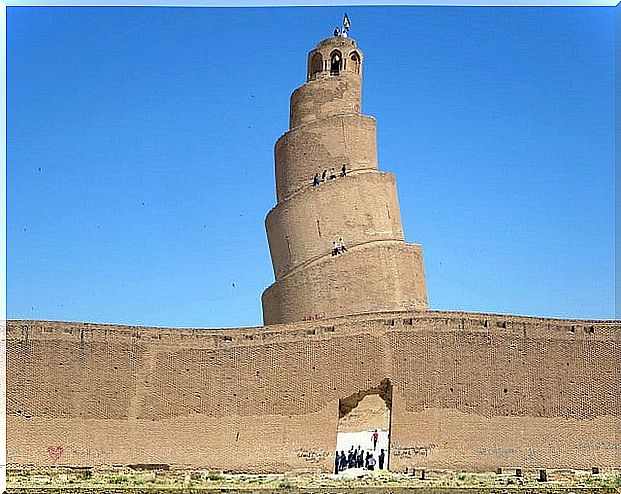
The Samarra Mosque is a mosque that was built in the 9th century in this city of Iraq. It is located 120 km north of the capital, Baghdad. In its time it held the title of the largest mosque in the world.
It spanned an area of over 38,000 square meters and held the title for 400 years, until the Mongol army of Hulagu Khan destroyed it in 1278. At present, only the outer walls and the minaret, 52 meters high, remain.
These are 7 places that we can no longer visit or, at least, contemplate in all its splendor . Although many have been destroyed by the unnecessary cruelty of man, others have disappeared as a result of natural disasters. Luckily, in some cases the impossibility of visiting it is only due to a conservation issue.

Cover photo: Bernard Gagnon / Wikimedia Commons


